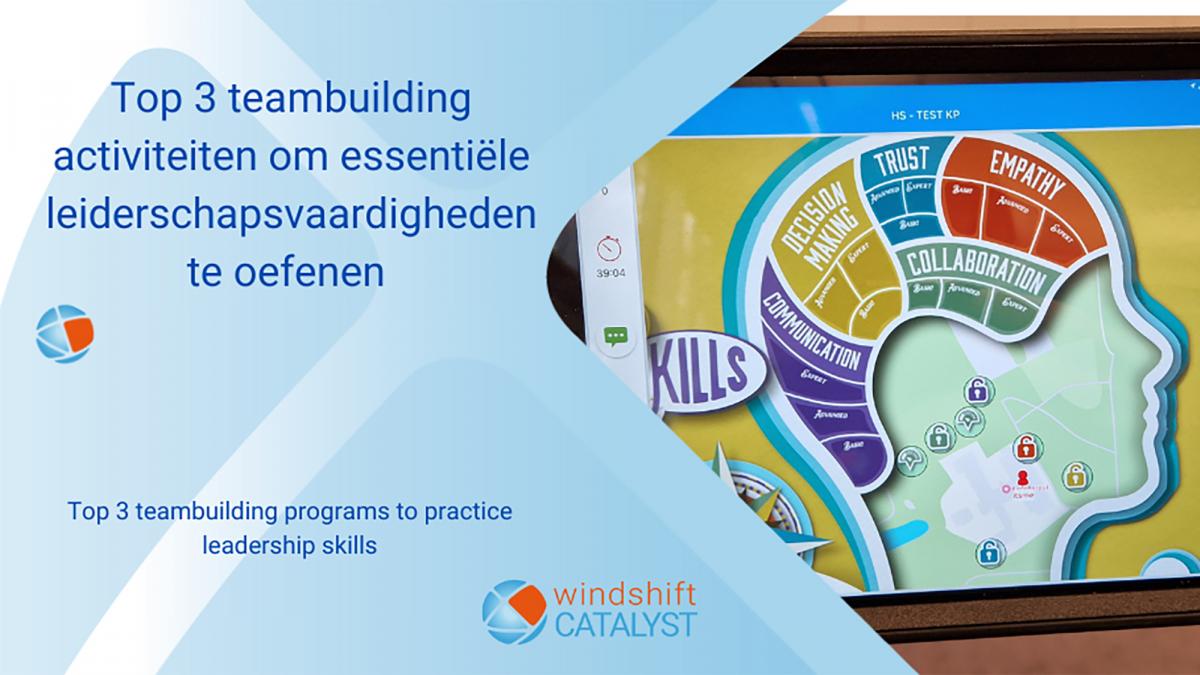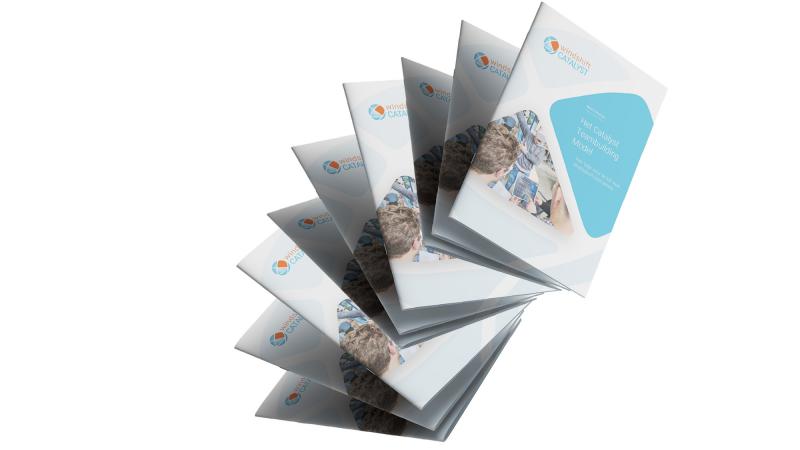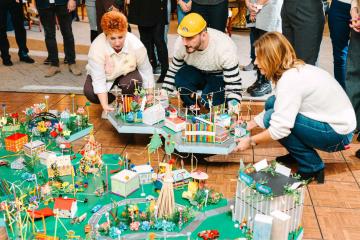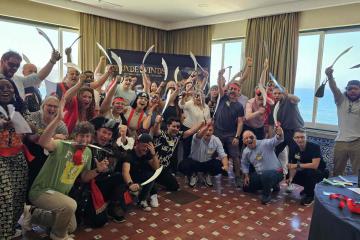Strong leadership skills are immensely valuable in the workplace, especially in today's fast-paced and competitive work environment. These skills can be applied to various positions and responsibilities, from board members to senior management. It goes beyond executive skills even more. Everyone benefits from these skills. Many of these skills are the so-called Human Skills or soft skills. Also, read here why you want to develop Human Skills.
Strong leadership skills are immensely valuable in the workplace, especially in today's fast-paced and competitive work environment. These skills can be applied to various positions and responsibilities, from board members to senior management. It goes beyond executive skills even more. Everyone benefits from these skills. Many of these skills are the so-called Human Skills or soft skills. Also, read here why you want to develop Human Skills.
Many organizations have programs in place to develop leadership. These are usually accessible to the 'high potentials'. How do you, as an organization, ensure that you develop leadership skills and develop everyone's leadership skills? Here, we give three examples of activities you can use to develop skills in everyone.
The game form provides a playful and safe environment in all these activities so everyone feels comfortable and shows some natural behaviour. Through gamification and serious gaming, you learn more about your actions in certain situations and how your colleagues deal with, for example, change, pressure, and collaboration.
Human Skills
This outdoor activity will allow you to discover various Human Skills (soft skills) such as decision-making, empathy, collaboration, trust and communication. Participants start each skill with a video explaining what it entails, and then they work on it themselves through various assignments. The teams are so-called peer groups that explore together which behaviour fits the various skills within your organization.
Leadership Stories
In Leadership Stories, you explore different leadership styles. The game's goal is to explore different leadership styles through characters and experiment with which style fits best in which situation. It is a hands-on exercise in which participants get to know the different styles, but also know which style works and which does not.
Peak Performance
At Peak Performance, you form an expedition team and bring as many customers as possible to the top of Mount Everest and safely back to Base Camp. All participants are specialists and have information that belongs to their role. All specialists act based on their roles. Only if they operate as a team, share information at the right times, and make decisions together will they succeed in getting customers safely up the mountain. The activity lasts 20 days (of 3 minutes), and every day, they can be.
Evaluation of the team building activity
These activities require a clear and structured evaluation so that the learning effects are visible to everyone and a link is made with daily practice. We use two different formats for this.
Experience-based debrief
During this format, we lead the team discussion and let participants reflect on how they experienced the activity and the most important learning moments. In advance, we determine the questions that participants will be asked to discuss in the team with which they have also done the activity.
‘Action focused’ debrief
In this debrief, the participants gave scores on several variables, such as communication or collaboration. Everyone is then asked for tips and suggestions to improve communication or collaboration. During the last step, everyone votes on the proposals, and you have a concrete action plan to continue improving these skills after the activity ends.
You can use these activities separately to develop the skills of your employees. You can also see it as a tool that fits into broader strategic HR planning. However you want to use them, I would be happy to talk to you about the best solution for you.





